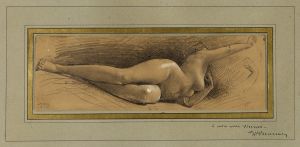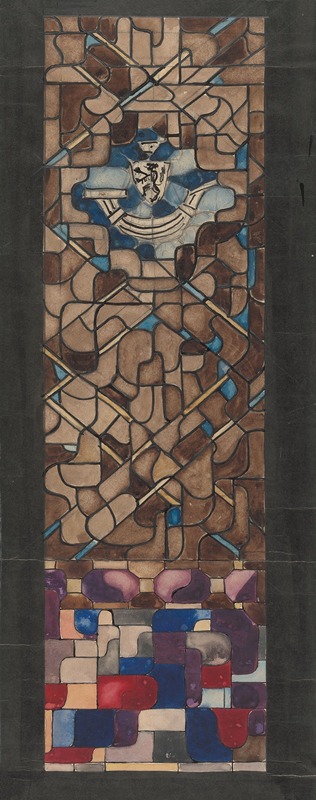
Ontwerp voor raam met wapen in het stadhuis te Amsterdam
A hand-painted replica of Richard Nicolaüs Roland Holst’s masterpiece Ontwerp voor raam met wapen in het stadhuis te Amsterdam, meticulously crafted by professional artists to capture the true essence of the original. Each piece is created with museum-quality canvas and rare mineral pigments, carefully painted by experienced artists with delicate brushstrokes and rich, layered colors to perfectly recreate the texture of the original artwork. Unlike machine-printed reproductions, this hand-painted version brings the painting to life, infused with the artist’s emotions and skill in every stroke. Whether for personal collection or home decoration, it instantly elevates the artistic atmosphere of any space.
Richard Nicolaüs Roland Holst was a prominent Dutch artist known for his contributions to the arts and crafts movement in the Netherlands. Born on December 4, 1868, in Amsterdam, he became a significant figure in the Dutch art scene during the late 19th and early 20th centuries. Holst was a versatile artist, engaging in painting, illustration, and design, and he was particularly noted for his work in stained glass.
One of his notable works is the "Ontwerp voor raam met wapen in het stadhuis te Amsterdam," which translates to "Design for a Window with a Coat of Arms in the Town Hall of Amsterdam." This work is a design for a stained glass window intended for the Amsterdam Town Hall, a building of great historical and cultural significance in the Netherlands.
The design reflects Holst's deep engagement with symbolism and his commitment to integrating art into public spaces. His work often featured allegorical and historical themes, and he was known for his ability to convey complex ideas through his art. The use of a coat of arms in this particular design suggests a focus on civic pride and the historical identity of Amsterdam, a common theme in Holst's work.
Holst's approach to stained glass was influenced by the arts and crafts movement, which emphasized craftsmanship and the decorative arts. This movement sought to counteract the industrialization of art by promoting traditional techniques and materials. Holst's stained glass designs are characterized by their intricate detail, vibrant colors, and harmonious compositions, all of which are evident in the "Ontwerp voor raam met wapen in het stadhuis te Amsterdam."
Throughout his career, Holst was associated with several artistic and intellectual circles in the Netherlands. He was a member of the "Vereeniging tot Bevordering der Grafische Kunst" (Association for the Promotion of Graphic Art) and was involved with the "Amsterdamsche Joffers," a group of female artists in Amsterdam. His work was also influenced by his interactions with other prominent artists and thinkers of his time, including his wife, the poet and playwright Henriette Roland Holst.
In addition to his artistic endeavors, Holst was an educator and a writer. He served as a professor at the Rijksakademie van Beeldende Kunsten in Amsterdam, where he influenced a generation of Dutch artists. His writings on art and society reflect his belief in the social role of the artist and the importance of integrating art into everyday life.
Holst's legacy is evident in the continued appreciation of his work in the Netherlands and beyond. His designs for stained glass windows, including the "Ontwerp voor raam met wapen in het stadhuis te Amsterdam," remain celebrated examples of his skill and artistic vision. These works not only showcase his technical prowess but also his ability to imbue art with meaning and relevance to the cultural and historical context of his time.
Overall, Richard Nicolaüs Roland Holst's contributions to Dutch art, particularly in the realm of stained glass, highlight his role as a key figure in the arts and crafts movement and his enduring impact on the integration of art into public and civic spaces.





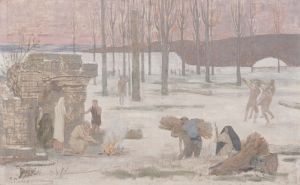
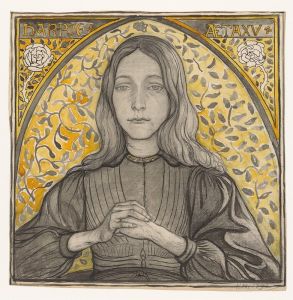
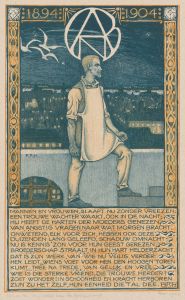

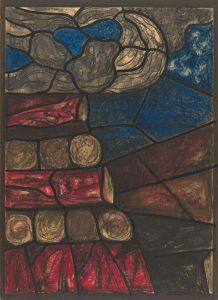
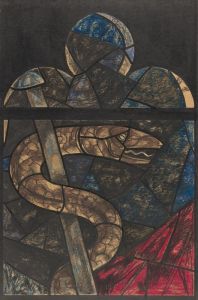
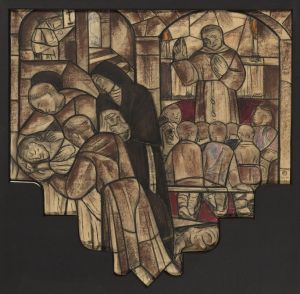
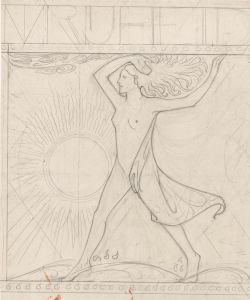
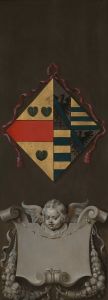
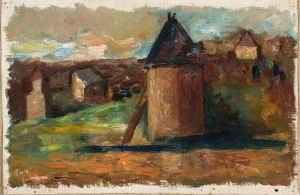
![Design for dčor of restaurant, 56 East 56th St, New York, NY.] [Drawing of suggested dčor for restaurant with color elevation and murals](/imgs/249282/s/winold-reiss-design-for-dcor-of-restaurant-56-east-56th-st-new-york-ny-drawing-of-suggested-dcor-for-restaurant-with-color-elevation-and-murals-29535340.jpg)
![Drawings for proposed decorations of Mike Lyman’s Restaurant, 424 W. Sixth St., Los Angeles, CA.] [Drawing #8, playroom elevation N and O](/imgs/249339/s/winold-reiss-drawings-for-proposed-decorations-of-mike-lymans-restaurant-424-w-sixth-st-los-angeles-ca-drawing-8-playroom-elevation-n-and-o-2e0cd08a.jpg)
